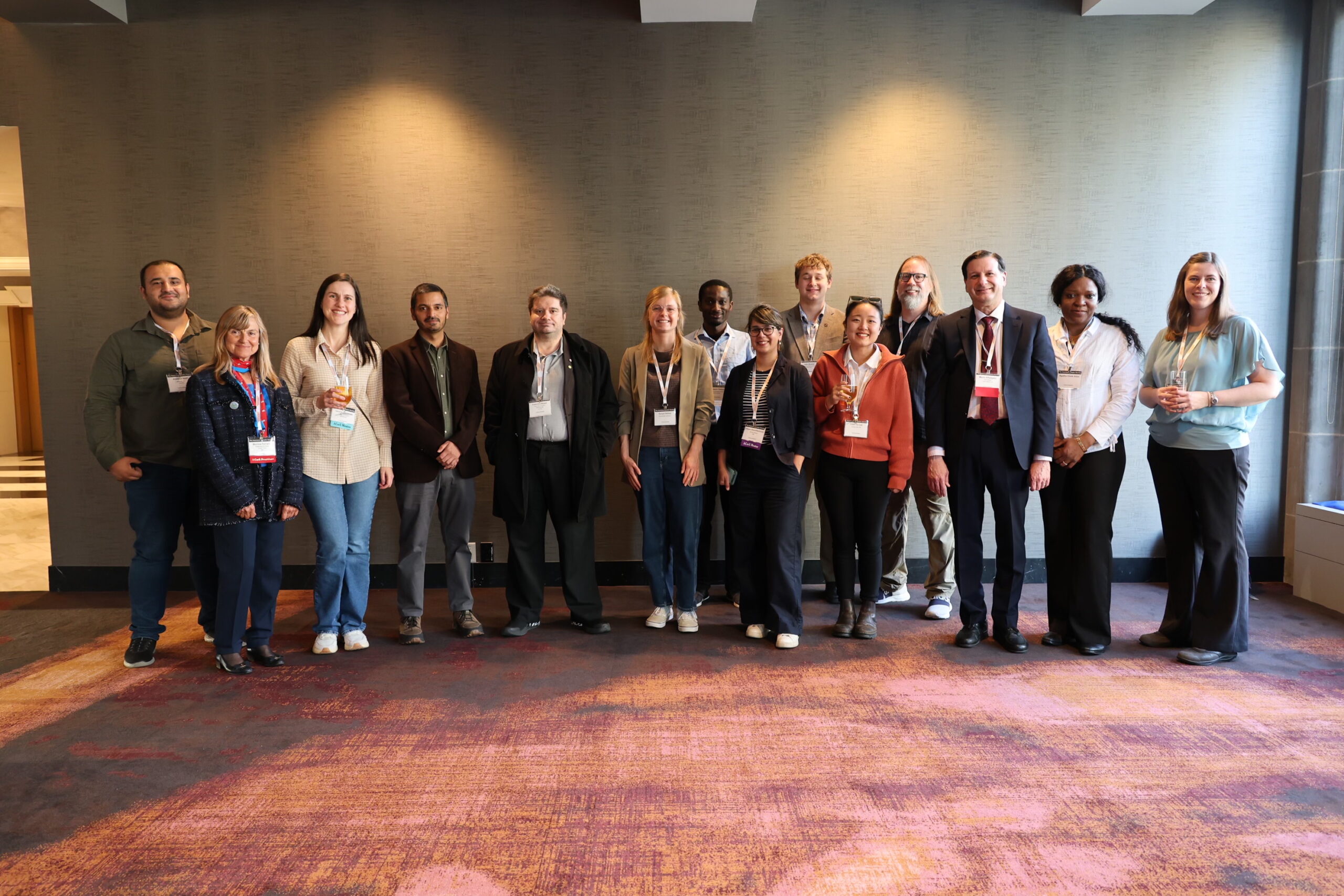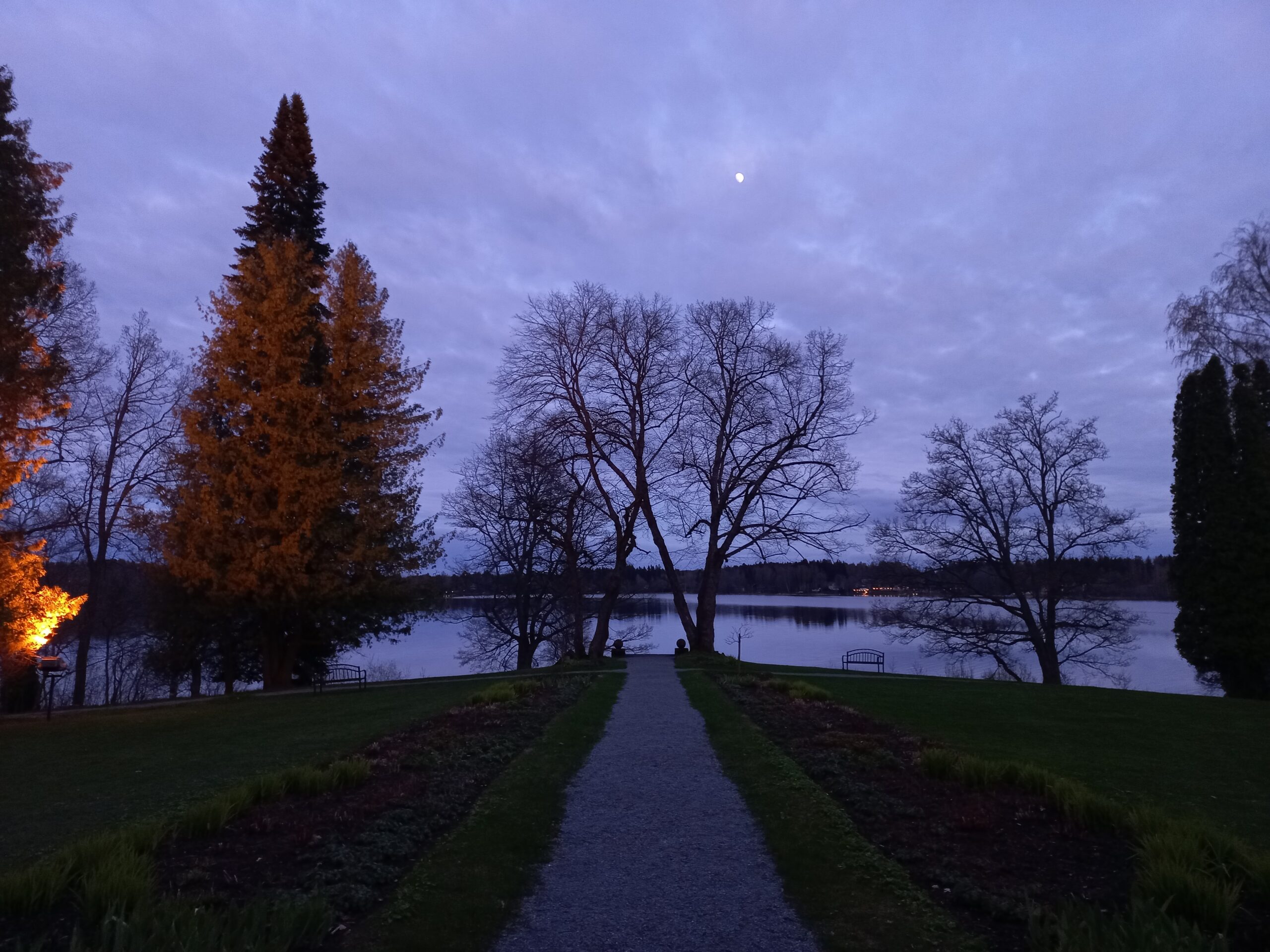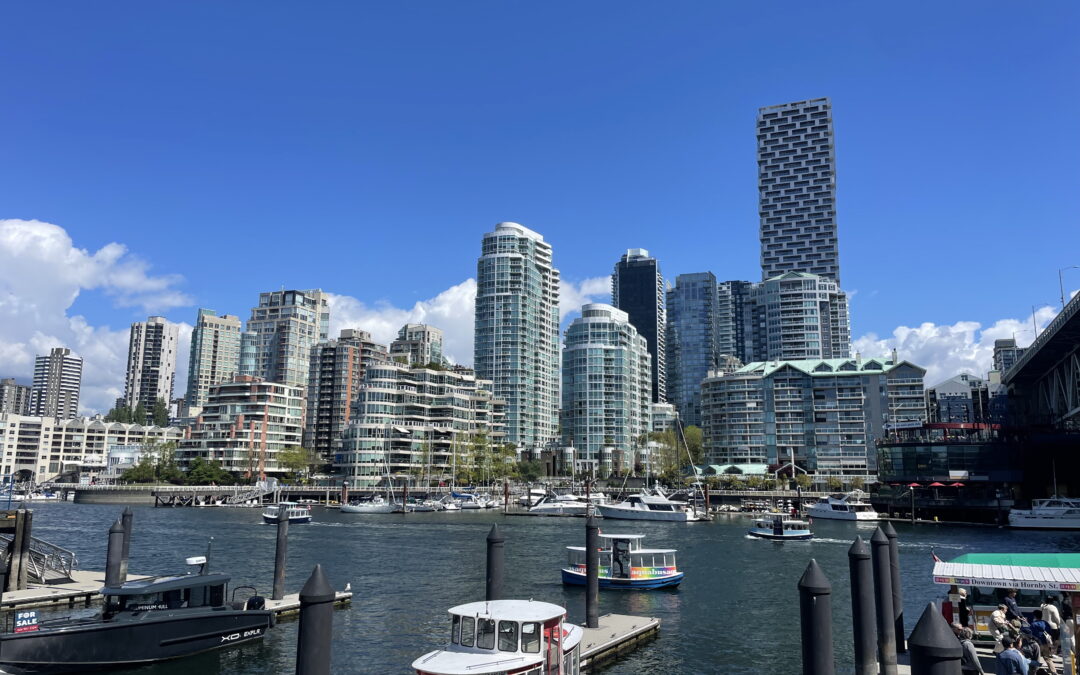Over the past months, the INNOVATION Lab has been active across Europe and beyond, presenting the latest work in musculoskeletal, wound healing, infection, and biomaterials research. Here’s a look at where we’ve been and what we’ve shared:
EWMA-GNEAUPP 2025 | March 26–28, Barcelona, Spain
35th Conference of the European Wound Management Association, in collaboration with GNEAUPP & SEHER
Our postdoctoral researcher Ziba Najmi presented a poster on infection modelling using 3D epidermal skin (EPISKIN) and Mupirocin-loaded nano-emulsions. And our postdoc Alessandro Calogero Scalia shared his work on PEO-based Eugenol-enriched electrospun and photo-crosslinked scaffolds developed for wound healing applications in collaboration with Prof. Alessandra Vitale (Politecnico di Torino).
Alessandro’s contribution was recognized with a Travel Grant from MDPI’s Microorganisms journal: read more
ESCMID Global 2025 | April 11–15, Vienna, Austria
European Society of Clinical Microbiology and Infectious Diseases
Dr Ziba Najmi delivered an oral presentation showcasing the performance of Mupirocin-loaded oil-in-water nano-emulsions stabilized with functionalized hyaluronic acid. She demonstrated their protective role against proteolytic degradation in human blood while maintaining efficacy in eradicating biofilms. The emulsions also showed no cytotoxic effects on human bone marrow and gingival fibroblast cells, even at high Mupirocin concentrations.


GISM 2025 Annual Meeting | May 8–9, Perugia, Italy
Organized by Gruppo Italiano Staminali Mesenchimali (GISM)
In wonderful venue in Perugia (see foto above), our lab leader Prof. Lia Rimondini was an invited speaker, delivering a talk titled “3D in vitro models for musculoskeletal diseases simulation.”
Postdoc Farah Daou and PhD candidate Ranveer Kaur (on the photo above) presented poster contributions focused on advanced 3D in vitro models of trabecular bone tissue used to study the effect of mechanical and physical cues on mesenchymal stem cell differentiation—using different anatomical sites (long bone vs iliac crest). This research was developed in collaboration with Politecnico di Torino (Dept. of Mechanical and Aerospace Engineering & PolitoBIOMed Lab), Hypatia Research Consortium & E. Amaldi Foundation, Rome, and Interuniversity Center for the Promotion of the 3Rs Principles in Teaching and Research, Turin.


GOMD 2025 / PACRIM16 | May 4–9, Vancouver, Canada
Glass & Optical Materials Division Meeting, organized by the American Ceramic Society
Dr. Elham Sharifikolouei (see photo above) was invited to speak at the 16th Pacific Rim Conference on Ceramic and Glass Technology, held jointly with the Glass & Optical Materials Division Meeting (GOMD 2025).
She delivered her talk in the session GOMD S2/S1 – Glass, Glass-Ceramics and Glass-Based Biomaterials, co-chaired by Dr. Maziar Montazerian (Penn State) and Prof. Leena Hupa (Åbo Akademi, Finland). Her presentation, “Frontiers of Amorphous Materials: Metallic Glass Thin Films, Microfibers, and Bulk Systems for Biomedical Applications,” explored the potential of metallic glasses—ranging from thin films to bulk systems—as next-generation biomaterials. She highlighted innovative approaches to overcome thermodynamic and kinetic limitations traditionally associated with the design of metallic glasses for biomedical use.
ScSB 2025 | May 6–9, Hämeenlinna, Finland
18th Annual Meeting of the Scandinavian Society for Biomaterials
Our postdoc Ksenia Menshikh presented her research on the anticancer effects of pulsed electromagnetic field (PEMF) stimulation on osteosarcoma, using 3D-printed β-TCP scaffolds. This project was developed in collaboration with Virginia Alessandra Gobbo and Jonathan Massera from Tampere University, who were also among the event organizers.

Looking Ahead
This active participation across conferences reflects the broad research directions pursued within the INNOVATION Lab – from biomechanics and stem cell engineering, to wound healing and infection control, and the development of next-generation biomaterials! These diverse topics underscore our commitment to interdisciplinary science and international collaboration.
